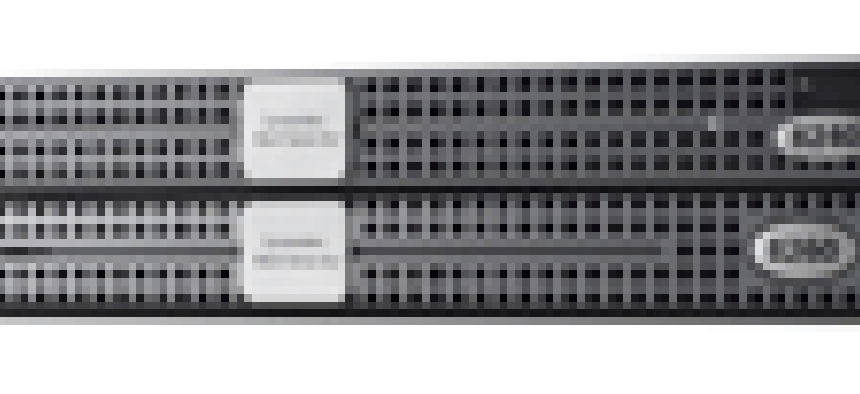Turning the tide against spam

In a few short years, unsolicited bulk e-mail has blossomed from a mere nuisance into an epidemic that threatens all enterprise messaging.

Mirapoint Inc.'s RazorGate 300 is designed to sit at the network edge and perform vendor-independent spam filtering of mail before messages ever get to the e-mail server.

Symantec's 8200 anti-spam appliances can be coupled with the company's 8100 series of e-mail security devices for additional protection.
Blended threats
Anti-spam approaches
- Keyword analysis, whereby specific keywords and phrases within the text of an e-mail message are scrutinized.
- Lexical analysis, in which the context of words and phrases are analyzed. Suspicious words or phrases are assigned weights depending on the context in which they're found.
- Bayesian analysis, whereby knowledge of prior events is used as a predictive tool. In spam detection, a Bayesian filter examines e-mail known to be legitimate, in addition to known spam, and compares the content to develop a database of words may help identify future spam.
- Heuristic analysis, in which a message's spam-like characteristics are scrutinized. Each characteristic gets a probability score and the entire message receives a cumulative score. If a probability threshold is reached, the message is deemed to be spam.
- Header analysis, whereby message headers are examined to determine the sender's validity.
- URL analysis, in which embedded links in e-mail messages are compared to a list of URL rules or known spam addresses.
Used alone, content analysis can generate many false positives, labeling valid e-mails as spam. One way to guard against this is to place suspect messages in a quarantine area where IT staff or end users can inspect them without infecting the network.
In addition, look for anti-spam solutions that go beyond content analysis to include techniques such as blacklists/whitelists, which compare messages against lists of domain names or e-mail addresses either known as spam sources (blacklists) or legit (whitelists).
Other anti-spam techniques include sender authentication, challenge and response, and re- verse Domain Name System lookups. All three methods attempt to ensure that a sender is legitimate. Honey pots are decoy e-mail mailboxes that act as spam traps. And a growing number of anti-spam solutions can check outbound e-mail for compliance with federal e-mail regulations and internal policies.
Remember, no single technique, whether server-based or in an appliance, can eliminate spam. Look for a vendor with a good track record and an integrated product that draws on multiple techniques. Bottom line: Agencies can no longer be complacent about spam.
J.B. Miles writes from Honomu, Hawaii. E-mail him atjbmiles@starband.net.





